How to Perform a Home Energy Audit: Step-by-Step Guide (2025)
Identify energy leaks, optimize your home’s efficiency, and save on utility bills.
Why a Home Energy Audit is Important
A home energy audit is essential because it helps identify areas of energy waste in your home, leading to cost savings. It boosts comfort by ensuring proper insulation and airflow. Energy audits also reduce your carbon footprint, making your home eco-friendly. They increase property value by showcasing energy efficiency improvements. Finally, they provide a clear action plan for reducing energy bills.
Preparing for Your Home Energy Audit
Before starting your home energy audit, gather your utility bills from the past year to identify patterns in energy usage. Make a list of problem areas, such as drafty rooms or inconsistent temperatures. Ensure access to all parts of your home, including the attic, basement, and crawl spaces. Have basic tools ready, like a flashlight, notepad, and thermal camera if available. Proper preparation ensures a thorough and accurate audit.
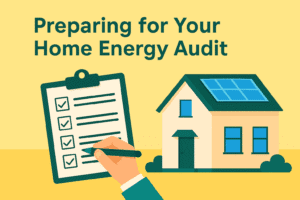
Step-by-Step Guide
1. Inspect Exterior Walls and Windows
Start your home energy audit by closely examining exterior walls and windows. Look for cracks, gaps, or damaged seals that can cause drafts. Check for any signs of moisture or mold, which indicate poor insulation. Use weather stripping or caulking to seal any leaks. Well-maintained windows and walls significantly reduce energy loss.
Top Weather stripping products
2. Assess Insulation
Proper insulation is crucial for maintaining comfortable indoor temperatures. Check attic, walls, and basement for adequate insulation levels. Look for gaps, uneven coverage, or outdated materials. Consider upgrading to energy-efficient insulation materials like spray foam or fiberglass. Well-insulated homes use less energy for heating and cooling.
3. Evaluate HVAC Systems
Your heating, ventilation, and air conditioning (HVAC) system is a major energy consumer. Inspect filters for dirt and replace them regularly. Test the system’s efficiency by checking airflow and thermostat response. Schedule professional maintenance at least once a year. Upgrading to an ENERGY STAR-rated model can save significant energy costs.
4. Check Lighting Efficiency
Switching to energy-efficient lighting can save substantial energy. Replace incandescent bulbs with LED or CFL alternatives. Install motion sensors in low-traffic areas to prevent unnecessary lighting use. Consider using dimmer switches for adjustable lighting control. Efficient lighting reduces your energy bills without sacrificing brightness.
5. Review Appliances and Electronics
Home appliances and electronics are major energy consumers. Identify older, inefficient models and consider replacing them with ENERGY STAR-rated versions. Unplug devices when not in use, or use smart power strips. Regularly clean and maintain appliances for peak performance. Energy-efficient devices lower your electricity bill.
Analyzing Your Results
Review your findings and prioritize upgrades based on the potential for energy savings. Consider professional help for major improvements like insulation or HVAC upgrades. Review the findings of your energy audit carefully. Prioritize improvements based on cost, potential savings, and ease of implementation. Start with the most significant energy-wasting areas. Track your energy usage over time to measure the impact of your upgrades. Regular audits keep your home energy-efficient.
Improving Energy Efficiency
After completing your home energy audit, focus on upgrades to boost efficiency. Seal leaks around windows and doors, add insulation, and upgrade HVAC systems. Switch to smart thermostats and energy-efficient lighting. Consider installing solar panels for renewable energy. These improvements lower energy costs and increase comfort.
Final Thoughts
A home energy audit is an essential step toward a more energy-efficient and cost-effective home. Regular audits ensure your home stays efficient year after year. A home energy audit is a powerful tool for cutting costs and enhancing comfort. Regularly performing audits ensures that your home remains energy-efficient. Use the insights gained to make smart upgrades. Small changes can lead to big savings. Start your journey to a greener, more efficient home today.

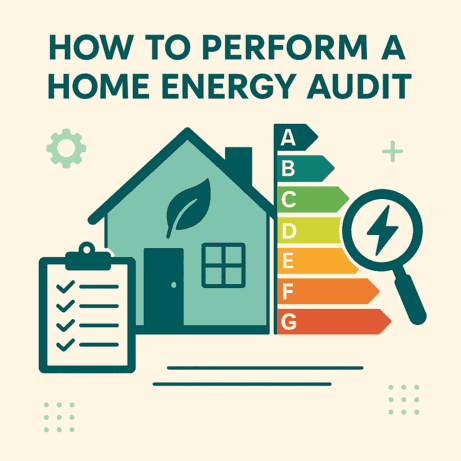
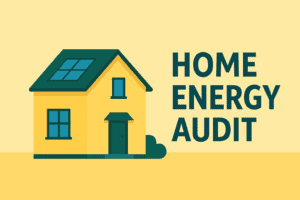
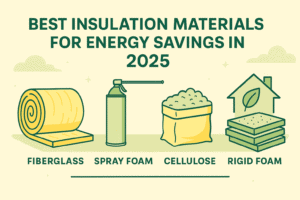

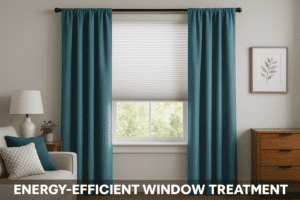

Good read! Thank you. Will try these steps